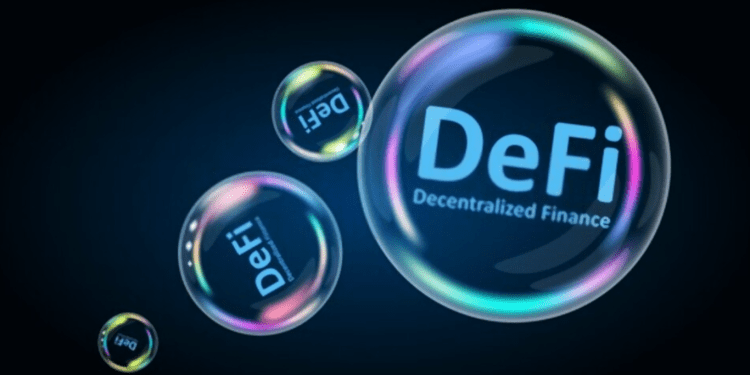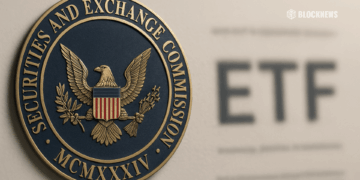- Radix’s network upgrade from Olympia to Babylon is set to make the platform more user-friendly, propelling the project beyond the “tech demo” stage
- The upgrade aims to compete with current leader Ethereum and attract new users and developers to its DeFi project while offering a better user experience and scalability
- Although the XRD token has seen a 200% rise since the announcement, it has since declined by 18.6% within 24 hours
Dubbed the “game changer,” Radix (XRD) announced a network upgrade from Olympia to Babylon, scheduled to be rolled out on July 31, 2023. This move is set to make the platform more user-friendly and appealing to developers, propelling the project to exit the “tech demo” stage.
The upgrade comes with high hopes as the DeFi project seeks to compete with current leader Ethereum (ETH), awaiting a rush of new users and developers to the platform. According to the team, Babylon is designed to deliver a scalable and better user experience without affecting composability.
Since the long-awaited announcement in April, the XRD token has sharply risen 200%, which saw its total value reaching $0.149. However, on the downside, the digital asset has since retreated, trading at $0.121, a decline of 18.6%, all within April 21.
It’s exciting to see the crypto community’s response following the upgrade announcement. With many expecting this development to be the driving force needed for the DeFi space, it will be worth watching how Radix’s Babylon upgrades fare in the market and impacts competition in the decentralized finance sphere.
Radix on Its Way to Making DeFi “Fun”
Radix (XRD) has emerged as a hot topic in decentralized finance (DeFi). The token soared by 200% after announcing the upcoming network upgrade from Olympia to Babylon. Radix is among the few projects operating as a full stack for DeFi, combining scalability, interoperability, and an extensive developer ecosystem to create an inclusive platform.
The platform is designed to make DeFi fun again with a purpose-built DeFi programming environment that enables fast and secure development. It also offers a system of on-ledger royalties for the developers contributing dApp code to the ecosystem. With its consensus algorithm and unlimited scalability, Radix seeks to deliver an environment that awards its community while offering strong security.
Radix’s offering is quite comprehensive, focusing on a wide range of powerful DeFi applications, including stablecoins, decentralized exchanges, gaming, yield farming, NFTs, DeFi insurance, collateralized lending, wallets, dashboards,, and perpetual futures.
To yield the necessary security, Radix requires staking, which provides a crucial function for the network. The greater the value staked, the more secure the network is. Thus, to help ensure network security, 300m RADIX (XRD) tokens are generated by the protocol every year and shared among those that stake.
While many DeFi application projects are on the market today, Radix is trying to be the full-stack platform, combining the speed and scalability of next-generation technologies with the security of distributed ledger systems.
Considering Radix’s aspirations towards DeFi, it appears that the platform is geared to empower developers as it rises to rival Ethereum in the DeFi landscape, which is gaining considerable attention amid crypto enthusiasts, with more projects competing to win over developers and users in the burgeoning DeFi space.














